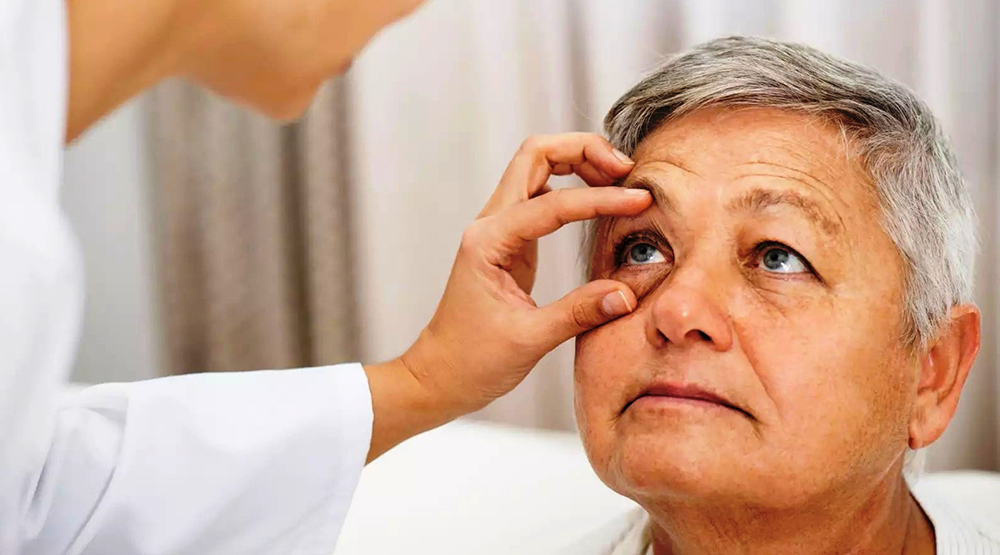Chocolate cyst, medically known as endometrioma, is a common health problem in the female reproductive system. In this article, we will give detailed information about chocolate cyst, its symptoms, causes and treatment methods. We will also share information about the complications that this cyst can cause and ways of prevention.
What is a chocolate cyst?
A chocolate cyst occurs when the endometrium tissue that forms the inner layer of the uterus is found outside the uterus, usually in the ovaries. The accumulation of this tissue into a cyst with bleeding in each menstrual cycle is called a chocolate cyst. It gets its name from the dark brown, chocolate-like appearance of the fluid inside the cyst.
Symptoms
Chocolate cysts may not show obvious symptoms in some women. However, when symptoms do occur, they may be as follows:
Severe pain during menstrual periods: During menstrual periods, pain may be more severe than usual.
Groin Pain: Chronic groin pain, especially outside of menstrual periods.
Pain During Intercourse: Pain and discomfort during sexual intercourse.
Infertility: Chocolate cysts can cause fertility problems.
Abnormal menstrual bleeding: Heavy or irregular menstrual bleeding.
Causes
The exact causes of chocolate cysts are not known, but there are some theories:
Retrograde Menstruation: When menstrual blood flows backwards through the fallopian tubes into the pelvic cavity.
Genetic Factors: Family history of endometriosis.
Immune System Problems: The immune system has difficulty recognizing endometrial tissue.
Hormonal Imbalances: High levels of estrogen hormone.
Treatment Methods
The treatment of a chocolate cyst depends on the size of the cyst, the symptoms and the person’s fertility wishes. Treatment methods are as follows:
Medical Treatment:
Painkillers: Nonsteroidal anti-inflammatory drugs such as ibuprofen are used for pain management.
Hormonal Treatments: Birth control pills, GnRH analogs and progestins are used to balance hormone levels and prevent the cyst from growing.
Surgical Treatment:
Laparoscopy: Removal of the cyst through a small incision.
Laparotomy: Open surgery for larger cysts.
Lifestyle Changes:
Diet and Exercise: A healthy diet and regular exercise can help relieve symptoms.
Stress Management: Yoga, meditation and other stress reduction techniques.
Important Information
Early Diagnosis: Early diagnosis of a chocolate cyst is important to prevent complications. Routine gynecological examinations are therefore important.
Fertility: Women with chocolate cysts may experience difficulties with fertility. In this case, fertility treatments and in vitro fertilization may be alternatives.
Follow-up and Control: Regular medical check-ups for patients with chocolate cysts can prevent the growth of the cyst and worsening of symptoms.
Chocolate cyst is a condition that can negatively affect women’s health, but can be managed with early diagnosis and proper treatment. If you are experiencing any of the symptoms mentioned above, it is important to consult a specialist and get the necessary check-ups. It is possible to manage chocolate cysts with a healthy lifestyle and regular medical check-ups.
In our hospital, you can get support from our specialist doctors about chocolate cysts and other gynecological problems. Do not neglect your health, we wish you healthy days!




